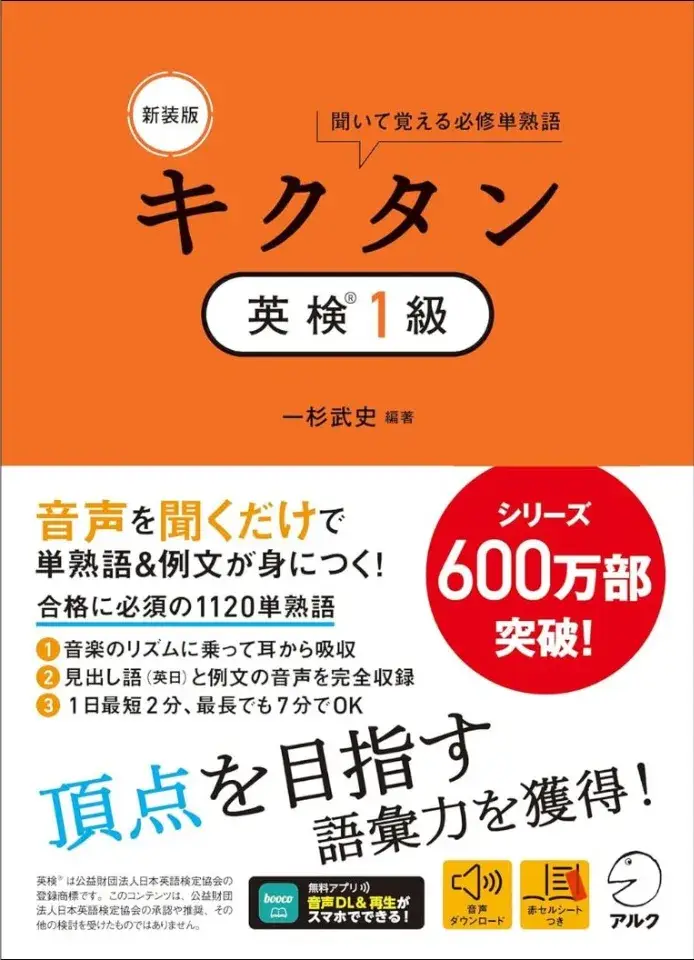
「秋深き 隣は何を する人ぞ」というのは、有名な俳句ですね。そういえば、この俳句は誰が詠(よ)んだものかご存じですか? そして、そもそも俳句ってどんなものかというと・・・。芸術の秋に、英語で俳句について見直してみましょう。
Question
What is haiku?
俳句の特徴って何?
俳句に欠かせない季節感
Essential Element : A Sense of the Season
Haiku is Japanese poetry comprising 17 syllables five syllables in the first line, seven in the second and five in the last). Basically it has to contain at least one kigo, a word that expresses a season. Matsuo Basho is famous for developing an early form of haiku in the Edo period, while Masaoka Shiki perfected and established the style in the Meiji period. The following are some famous examples of haiku poetry for the autumn season.
俳句は、五・七・五の17音から成る日本語の定型詩。季語(きご)を入れる決まりがあります。俳人としては江戸時代の松尾芭蕉などが有名で、明治時代に正岡子規が「俳句」として完成させました。有名な秋の俳句には、こんなものがあります。
Eat a persimmon And the bell will toll At Horyuji. - Masaoka Shiki
柿くへば 鐘が鳴るなり 法隆寺(正岡子規)
Deep autumn How does my neighbor live I wonder? - Matsuo Basho
秋深き 隣は何を する人ぞ(松尾芭蕉)
Morning glory Climbing up the well-bucket Ask for water from the neighbor. - Kagano Chiyojyo
朝顔や つるべ取られて もらい水(加賀千代女)
俳句、短歌、川柳の違いは?
What are the differences between haiku, tanka and senryu?
There are other different, but somewhat similar, types of poetry to haiku: tanka and senryu. Let's take a look at the differences.
俳句に似たものに、短歌、川柳があります。3つの違いを見てみましょう。
Haiku 俳句
contains 17 syllables in three lines (5-7-5 syllables) and has to contain kigo, a word that expresses a season. The main themes of haiku are nature, institutions. and customs.
五・七・五の17音。その季節をイメージさせる「季語」が必須。主に自然や風物をテーマにする。
Tanka 短歌
contains 31 syllables in five lines (5-7-5-7-7 syllables). It doesn't have to contain kigo.
五・七・五・七・七の31音。季語の制約はない。
Senryu 川柳
contains 17 syllables in three lines (5-7-5 syllables). It doesn't have to contain kigo. The main themes are human emotions and the subtleties of life. Senryu features satire, sarcasm, caricature and humor.
五・七・五の17音。季語の誓約はない。主に人情や世情など人間世界の機微が主なテーマで、風刺・諧謔(かいぎゃく)・ユーモアなどが特徴。
Here is a rough guideline to help you distinguish between the three types of Japanese poetry: The poetry in which you can feel the seasons and grace of the 5-7-5 rhythm is haiku; poetry that ends with a 7-7 rhythm is tanka; and sarcastic and humorous poetry with a 5-7-5 rhythm is senryu.
大まかな見分け方としては、季節などの風流を感じさせる五七五が俳句、最後が七七のテンポで終わるものが短歌、くすりと笑えたり、世の中を風刺する五七五ならば川柳です。
季語ってどんなもの?
What is kigo?
Kigo is a word or phrase associated with a particular season that is used in Japanese poetry. The words "persimmon," "deep autumn" and "morning glory" incuded in the above three pieces of poetry are kigo for autumn. You have to have kigo in a haiku to provide the sense of season that is such an important element of haiku.
季語とは、連歌、俳諧、俳句において用いられる特定の季節を表す言葉のこと。俳句には季語を必ず一つ詠み込むのが作法となっています。例えば、上記の句では「秋深き」「柿」「朝顔」などが秋の季語。俳句は季節感の文学ともいわれ、俳句を味わうには何よりも季節をとらえることが大切なのですね。
赤とんぼ筑波に雲もなかりけり(正岡子規)・・・なんていう俳句からは、空が澄み渡った秋の空に赤とんぼが舞う飛ぶ姿が目に浮かぶようですね。少し空気も冷えて来て、スッキリとさわやかでありながら、どこかもの悲しさも感じる秋。あらためて俳句などを楽しんでみるのもよさそうです。
Answer
Haiku is Japanese poetry consisting of 17 syllables (five syllables in the first line, seven in the second and five in the last) and containing at least one kigo──a word that expresses a season.
俳句は五・七・五の17音から成る日本の定型詩。必ず季語を含みます。
- 作成:2016年9月27日、更新:2024年9月6日
boocoで読める!アルクの新刊、続々登場
語学アプリ「booco」なら、アルクのベストセラー書籍200タイトル以上が、学習し放題!
「キクタン」などアルクの人気書籍800冊以上が音声対応。「読む」に対応した書籍では、本文と音声をスマホで手軽に利用できるほか、一部の書籍では、学習定着をサポートするクイズ機能で日々の復習や力試しも可能です。さらに、Plusプランに加入すれば200冊以上の書籍が学習し放題に!
boocoの「読む」機能では、次のような使い方ができます。
① 学習したいページを見ながら音声を再生できる
② 文字サイズや画面の明るさを調整できる
③ 書籍内検索ができる
※ これらの機能には一部の書籍が対応しています。

▼「booco」の無料ダウンロードはこちらから






